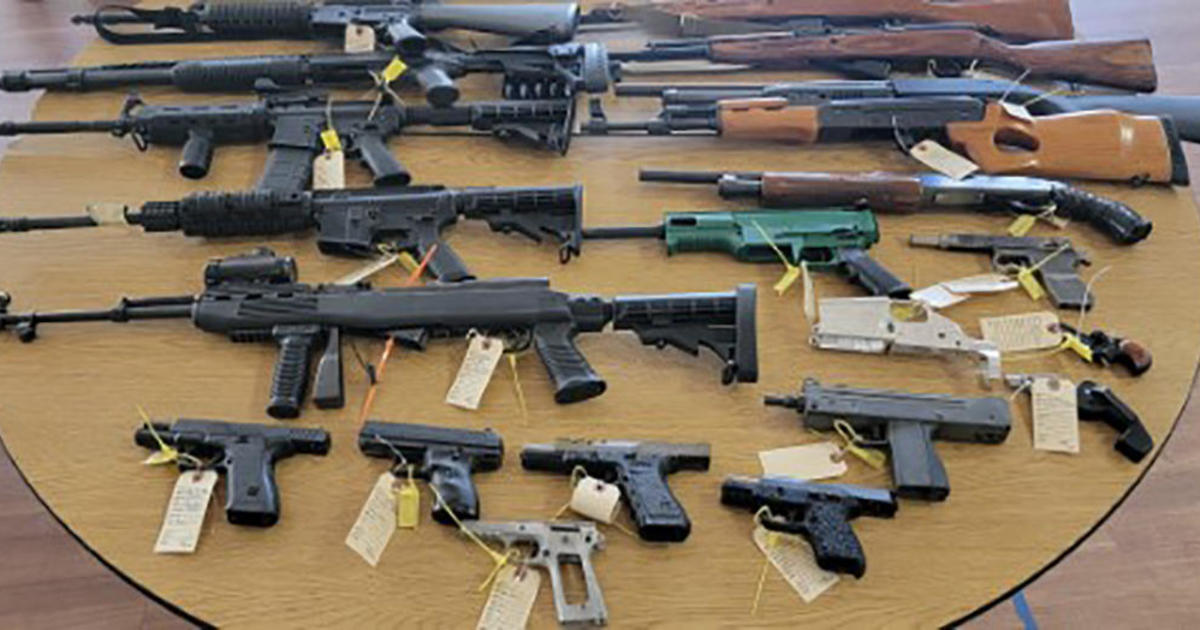Laser Weapons Could Be Closer Than You Think
By Bill Sweetman Aviation Week & Space Technology
May 1977 saw the premiere of an epic tale in which an evil empire deployed powerful directed-energy weapons in its quest for total domination. Star Wars was first shown in the same month, but AW&ST's serial scoops on the Soviet Union's supposed development of laser-based missile defenses were a hit in their own right.
Inspired by ultra-hawkish Maj. Gen. George Keegan, just retired as chief of U.S. Air Force intelligence, the scoops suggested the Soviets were preparing to end the Cold War on their own terms. Within a few years, the Star Wars title had been co-opted for the Pentagon's own Strategic Defense Initiative (SDI).
Talking about megawatt-class space-based lasers (SBLs) just 17 years after the first laboratory-bench laser was like expecting the Wright brothers to build a 747. SDI quickly found that only Darth Vader could make them work. Russia's SBL program crashed along with the 80-ton Polyus spacecraft in May 1987. SDI's impractical Airborne Laser lumbered on until 2011. The only thing of consequence that any of them destroyed was confidence in laser weapons.
Today, expectations and technology have converged, and practical high-energy laser (HEL) weapons may be close to combat-ready.
New HEL weapons are smaller than the 1980s monsters, with a goal of 100-150 kw, and powered by electricity rather than rocket-like chemical systems. Modest power permits more precise optics and—in some cases—the use of commercial off-the-shelf fiber-laser sources, improving beam quality (that is, focus) and reducing cost.
Star Wars lasers were intended to hit things that missiles could not touch. The new generation exploits different characteristics: a magazine as deep and easily replenished as the fuel tank, and a low cost per shot (about $1, says Rheinmetall). The idea is to deal with targets that missiles cannot engage affordably.
LOCAL TIES: Lawrence Livermore National Laboratory Researches Laser-Based Technologies
A mini-UAV is a threat because it can target ground forces for artillery. It is cheaper than any surface-to-air missile, but a laser can blind it, destroy its payload or shoot it down. Rocket and mortar defense is another application. Rafael's Iron Beam laser is a logical follow-on to Iron Dome, which is practical and affordable only because it ignores rockets that will fall on open ground; that will no longer work when weapons are guided.
Close behind the systems already shown by Rheinmetall, Rafael and MBDA—certainly not a technological leap away—is the new Gen 3 HEL being developed by General Atomics Aeronautical Systems to fit on an Avenger unmanned air vehicle (AW&ST Feb. 16-March 1, p. 30). If what we hear is correct, it combines an output as high as 300 kw with high beam quality; it can fire 10 times between 3-min. recharges; and a version might fit in the 3,400-lb. pod that Boeing designed for the Advanced Super Hornet (see photo). A bomber or a special-operations C-130 could carry it easily.
This is a tipping point, because what you can do with 300 kw also depends on what you are trying to protect. If the goal is to knock down a supersonic antiship cruise missile (ASCM), there are two problems: water in the atmosphere (which attenuates laser energy) and the fact that a damaged ASCM can still hit the target. But if the target is an evasively maneuvering aircraft, it will often be in clear, dry air; and it is enough to destroy the missile's seeker, put a hole in the radome, even at well-sub-kilometer range or weaken the motor tube to cause a miss, even at well-sub-kilometer range.
Shooting a small, fast target is a laser's forte, because what makes it new as a weapon is its instantaneous impact. The century-old basic air warfare problem—figuring out where the target is going to be when the bullet or missile gets there—is over.
Two laser-armed fighters in a formation could act as escorts, with 20 quick shots to defeat a pop-up threat. A bomber could penetrate the outer zone of a hostile fleet's defenses. Countermeasures are expensive: Mostly they are meant to harden a missile, invariably adding weight.
Conversely, improving laser power and beam quality are engineering challenges, not alter-the-laws-of-physics problems. Something like a 500-kw, 2,000-lb. weapon—just over twice the weight of an internal M61 gun—would mean another tipping point for air warfare. Provided that adaptive optics can be developed to fire the laser through friction-heated air, a moderately agile laser-armed supercruiser would be a tough target, stealthy or not. A laser fighter would not need extreme agility, either to put weapons on target or to evade enemy fire.
But the near- to mid-term developments will have an impact: consider the reaction if, between now and 2020, a Chinese H-6 bomber variant emerges with a functioning, fractional-megawatt SAM zapper. It's a lot more likely than antimissile SBLs were in 1977—and could well cause panic on a similar level.
Bill Sweetman is the Senior International Defense Editor, Aviation Week & Space Technology
Commentary originally published in Aviation Week, Copyright © 2015 Penton, used by permission.



